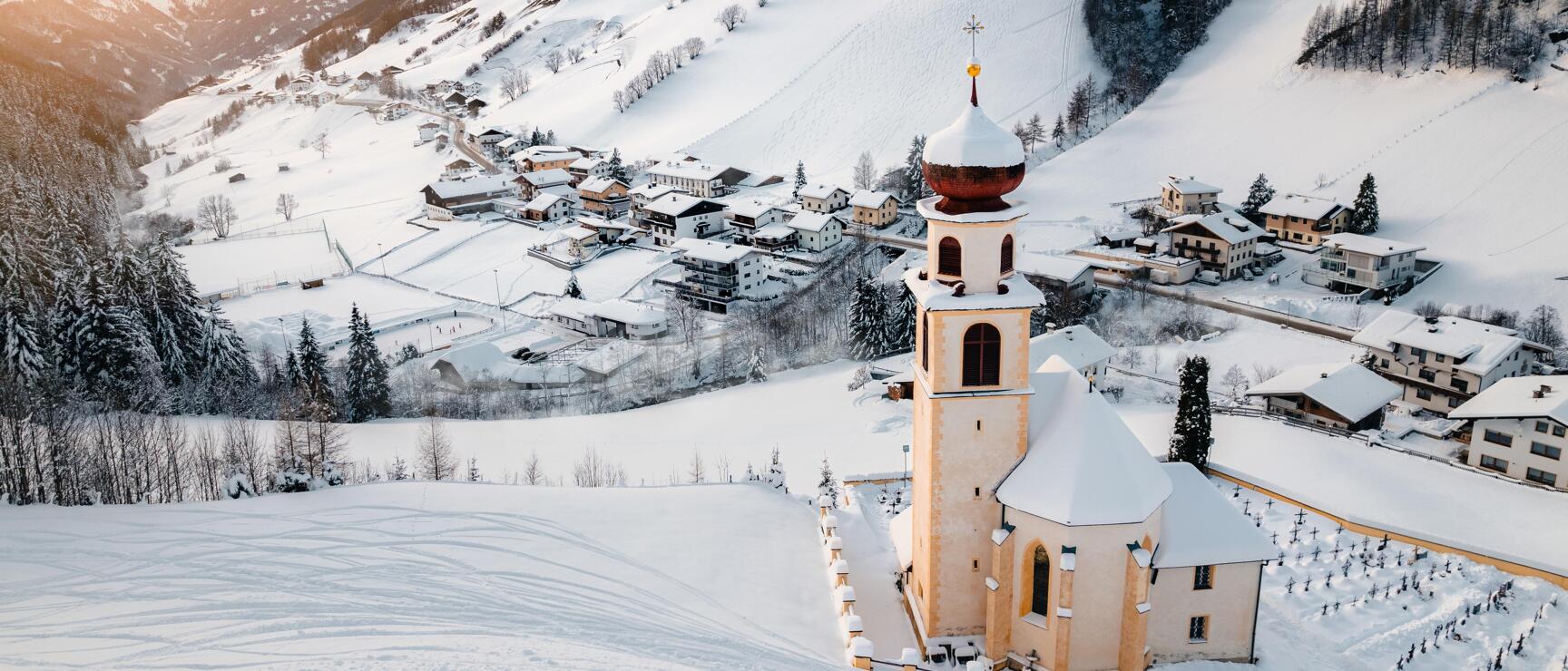The breathtaking Alpine landscape of Tirol is the place to be for anyone looking to embrace winter sports to the fullest. Craving speed? Head to the snow parks or hit the slopes. Looking for an unusual adventure? Give snowkiting a try and glide down a hill or across a frozen lake. Or are you in the mood for adrenaline and laughs? Whizz down the piste on an inflatable tube at one of many snow tubing tracks.
And afterwards, relax in a cosy mountain hut and enjoy scrumptious treats while gearing up for the next run.
Events in Tirol
Find must-see highlights during your stay in Tirol's calendar of events.
Meet Tirol
Top highlights
Regions
Cities and places
Top events
Recipes
Unique places to stay
Going green
Heritage protection and sustainability
Austria emphasises the preservation of historic buildings and landscapes. This is done not only for cultural reasons, but also contributes to climate protection. How so?
Heritage protection can help save resources. When existing structures are preserved, fewer new construction projects are necessary.
The preservation of historic buildings and structures can strengthen regional identity and enrich the cultural offering, playing an important socio-cultural role.
Many historic buildings were originally built from natural materials, often sourced in the region. When restoring buildings, efforts are made to use these materials in order to preserve their character.
On an ecological level, fewer new buildings contribute to animals' and plants' habitat protection.
